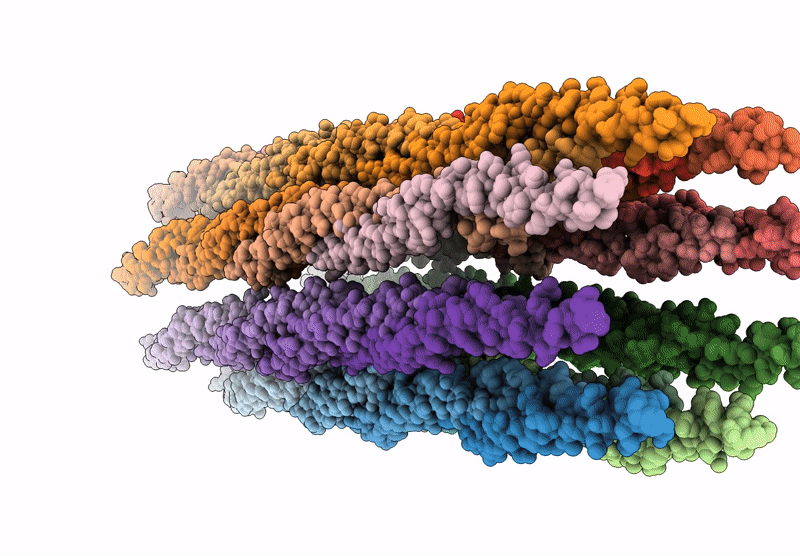
Deposition Date
2024-09-27
Release Date
2025-08-27
Last Version Date
2025-08-27
Entry Detail
Biological Source:
Source Organism:
Caenorhabditis elegans (Taxon ID: 6239)
Host Organism:
Method Details:
Experimental Method:
Resolution:
4.55 Å
Aggregation State:
FILAMENT
Reconstruction Method:
HELICAL


